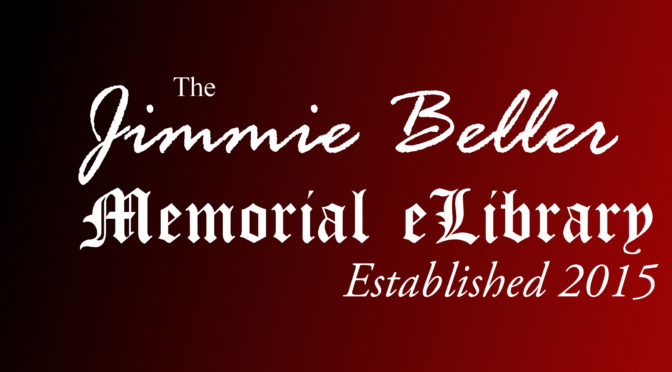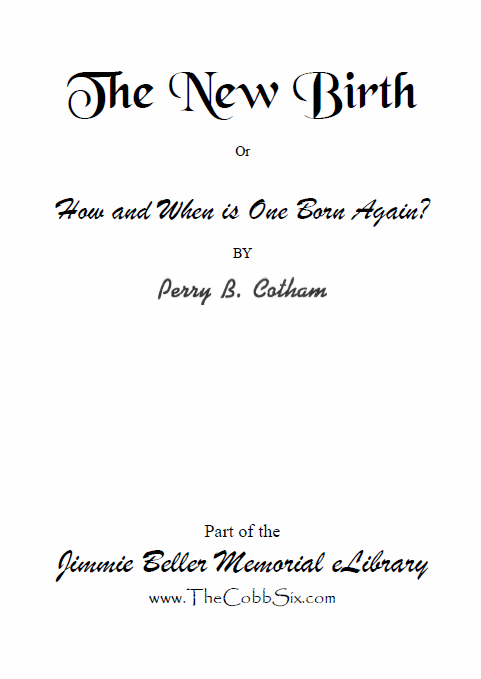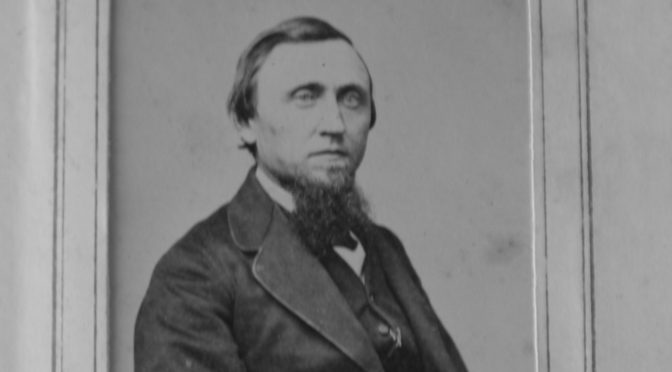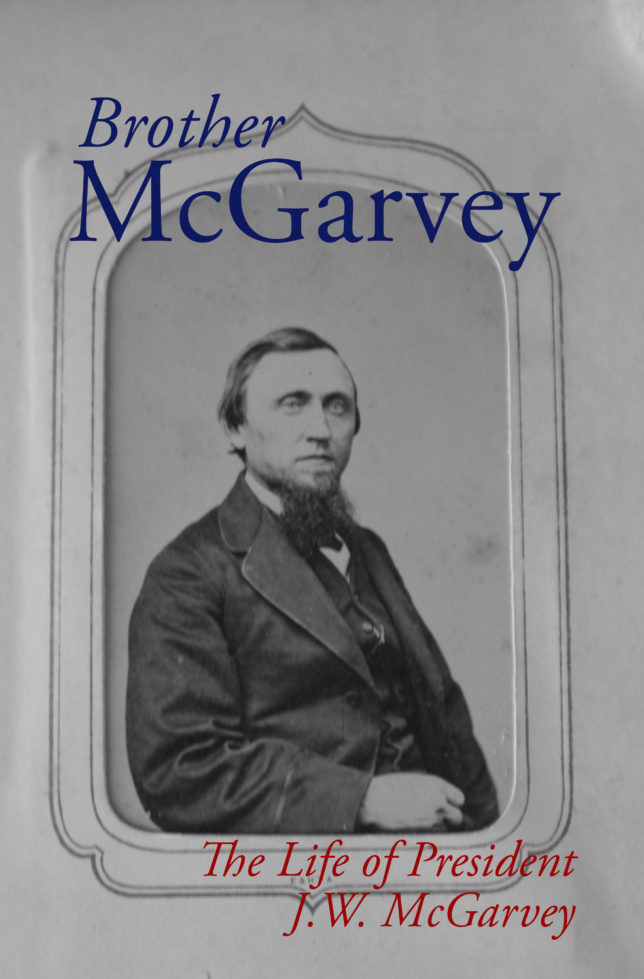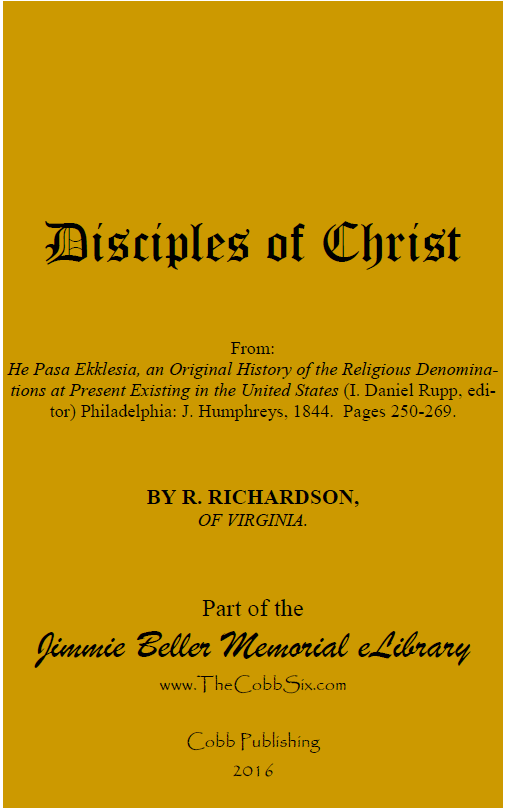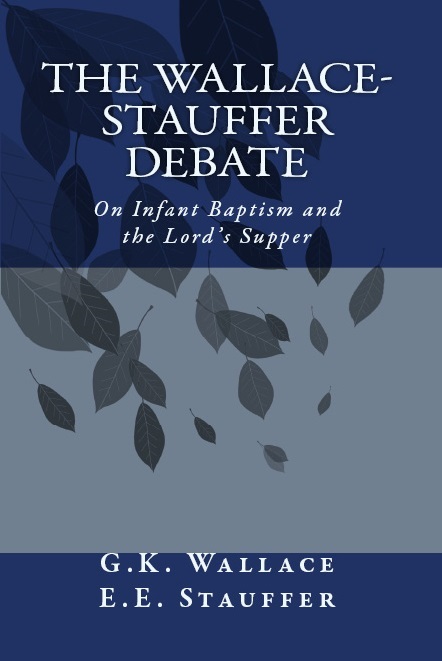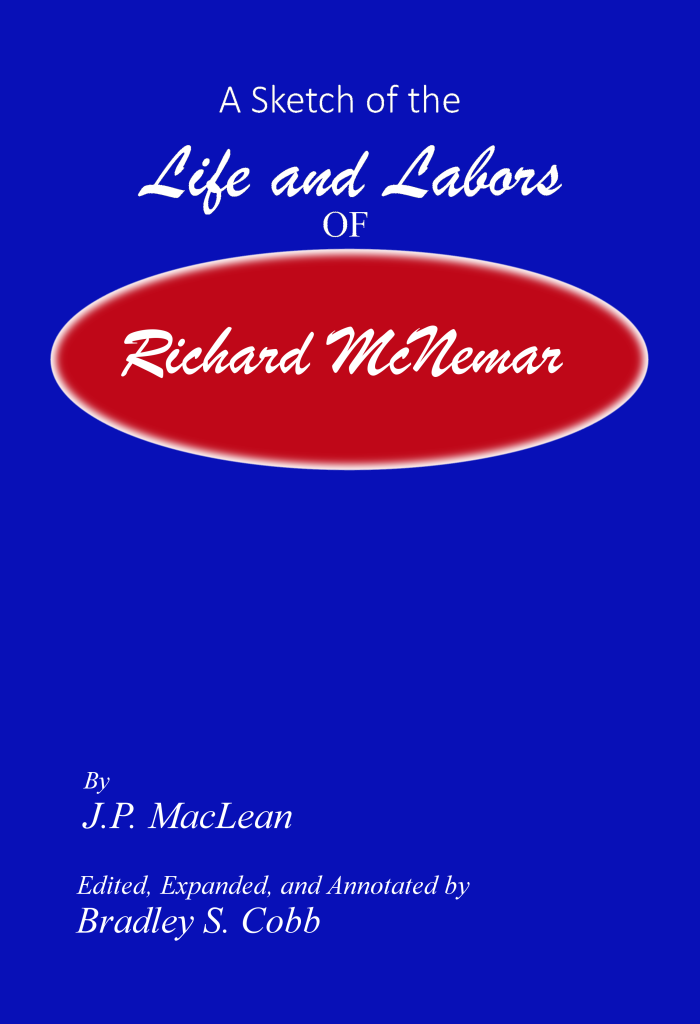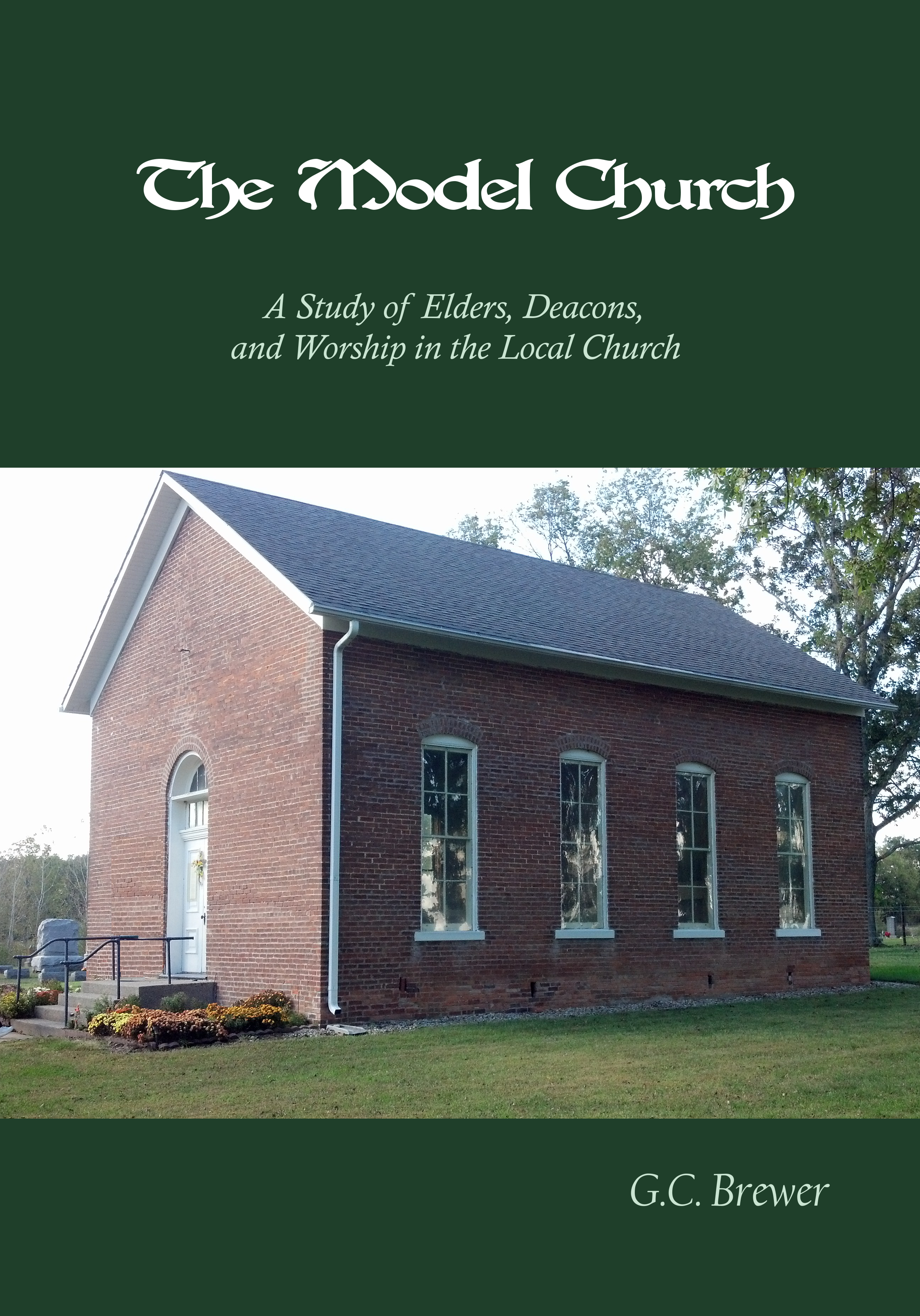[As we promised, we are presenting you with a gift. As we continue to write sections for our upcoming book, “Who Were The Apostles?” we will be posting them here, so you can read them before the book is released!]
James the Non-Believer
James was the son of Joseph and Mary.*[1] Jesus was her firstborn, but James was the next-oldest among the brothers.*[2] It’s not difficult to imagine that James might have been jealous of Jesus while they were growing up together. Jesus would have been the perfect child, always obedient, never getting in trouble. That’s a difficult act for His brothers to follow.
James first appears in the gospel records as someone who was outside, waiting to talk with his brother, Jesus (Matthew 12:46). At that point in the narrative, we don’t know his name yet (or the names of his other brothers), but we do see something that might give us some insight on later events. James and his brothers (and their mother) were waiting outside to talk to Jesus—to talk to their own brother—and Jesus’ response was to say that His true family was His disciples (Matthew 12:47-50). Depending on what kind of people James and his brothers were, they could have taken this as an incredible insult.
The tension between James and Jesus shows up shortly before the Feast of Tabernacles. James and his brothers mocked Jesus, telling Him that He needed to go to Jerusalem and do mighty works (even though the Jews there wanted to kill Him). They basically accused Him of being a liar, saying that if He really was able to do these mighty works, He wouldn’t be in hiding. But the reason they said these things is because they didn’t believe in Him—they didn’t believe He was really the Messiah.*[3] Is it any surprise, then, that Jesus said, “A prophet is not without honor, except in his own country, and in his own house”?*[4]
James the Believer
If not for a single mention of it by Paul, we would never know for certain how James went from being a scoffing non-believer to one of the foremost disciples of Jesus Christ. Jesus had been taken away by a mob of soldiers and given mock trial after mock trial, and was finally sentenced to die by Pontius Pilate. After being beaten, He was raised up on a cross, and hung there in agony until He finally died. Mary, the mother of Jesus, was there at the cross, watching her Son. But there is nothing said about whether James was there or not.
But some time within the next forty days, Jesus—now resurrected—found James and spoke with him.*[5] James must have been in shock, seeing his dead brother standing right in front of him very much alive. He would have seen the nail-prints and the whole in his side where the spear had pierced it. And he would have felt a mixture of amazement, joy, and sorrow. Amazement at seeing someone raised from the dead; joy at knowing his brother was alive again; and sorrow for ever doubting Him in the first place.
There is an ancient work called “the Gospel of the Hebrews”*[6] which records an interesting tradition about James:
And when the Lord had given the linen cloth to the servant of the priest, he went to James and appeared to him. For James had sworn that he would not eat bread from that hour in which he had drunk the cup of the Lord until he should see Him risen from among them that sleep. And shortly thereafter the Lord said “Bring a table and bread!” He took the bread, blessed it, and brake it, and gave it to James the Just and said to him, “My brother, eat thy bread, for the Son of man is risen from among them that sleep.”*[7]
We’re not given the details of what happened next, but it certainly included a meeting between James and his younger brothers, telling them “We were wrong: Jesus is the Messiah. He has returned.” Then the brothers all went to Jerusalem and met with the disciples prior to the Day of Pentecost.*[8]
Somewhere between three to ten years later,*[9] the now-converted James got to meet someone else who had been an unbeliever, a mocker of Jesus Christ, but who had since been converted by a post-resurrection appearance of the Lord: Saul of Tarsus. What an interesting conversation that must have been! James, Peter, and Paul (and probably Barnabas as well) met together in Jerusalem, and no doubt the three men shared their stories of opposition to Christ (James through mocking and unbelief, Peter through his denial, and Saul through his persecution of Christianity), and of their full conversion by means of seeing the resurrected Christ. It was almost certainly during this 15-day visit of Saul in Jerusalem that James told him about seeing his brother and his Lord raised from the dead.
[1] *The Catholic Church goes out of their way to try to deny this. They hold to a false belief in the “perpetual virginity” of Mary, which is proven false by Matthew 1:25. They attempt to say that James, Joses, Judas, an Simon, as well as their sisters, were all children of Joseph from a prior marriage—yet there is nothing in Scripture that would point to the existence of such a marriage. Matthew 13:55-56 calls these four men his “brothers,” and the same thing is said of them elsewhere.
[2] *Matthew 13:55-56 lists James first among his brethren, indicating that he was the oldest of the four. It should also be noted that Jesus didn’t appear to all four of his brothers after His resurrection, but only to James (1 Corinthians 15:7), who in turn went and told his other brothers. This also points to James being the oldest after Jesus.
[3] *This is all told in John 7:1-5.
[4] *Matthew 13:57.
[5] *This specific meeting is not given in detail, but it is one of the events appealed to by the apostle Paul in 1 Corinthians 15:4-7. Apparently, this event was well-known among the early Christians, for Paul simply states it as evidence, as if his readers had already heard of it at some point.
[6] *The date of this writing is usually placed at the beginning of the second century, though some believe it should be dated around AD 50-60.
[7] *Quoted by Jerome in De viris Inlustribus 2.
[8] *The brothers of Jesus were mentioned in Acts 1:14.
[9] *Galatians 1:18-19 states that Paul’s visit to Jerusalem, where he saw James and Peter (but no other apostles), took place “after three years.” The general consensus is that this means three years after Paul’s conversion to Christ. However, there is no real consensus on exactly when that event took place. Some place Saul’s conversion within a year of Christ’s resurrection, while others place it seven years later. So, depending on which view one takes, this meeting between James and Saul of Tarsus was somewhere between three and ten years after the Day of Pentecost, or stated another way, between AD 33 and 40.

